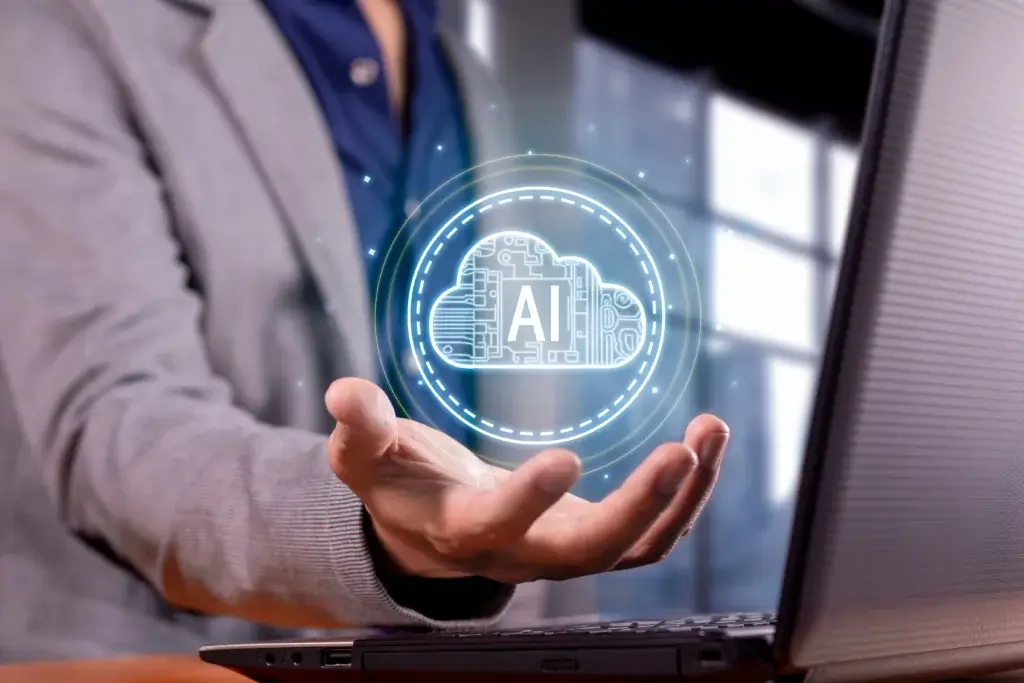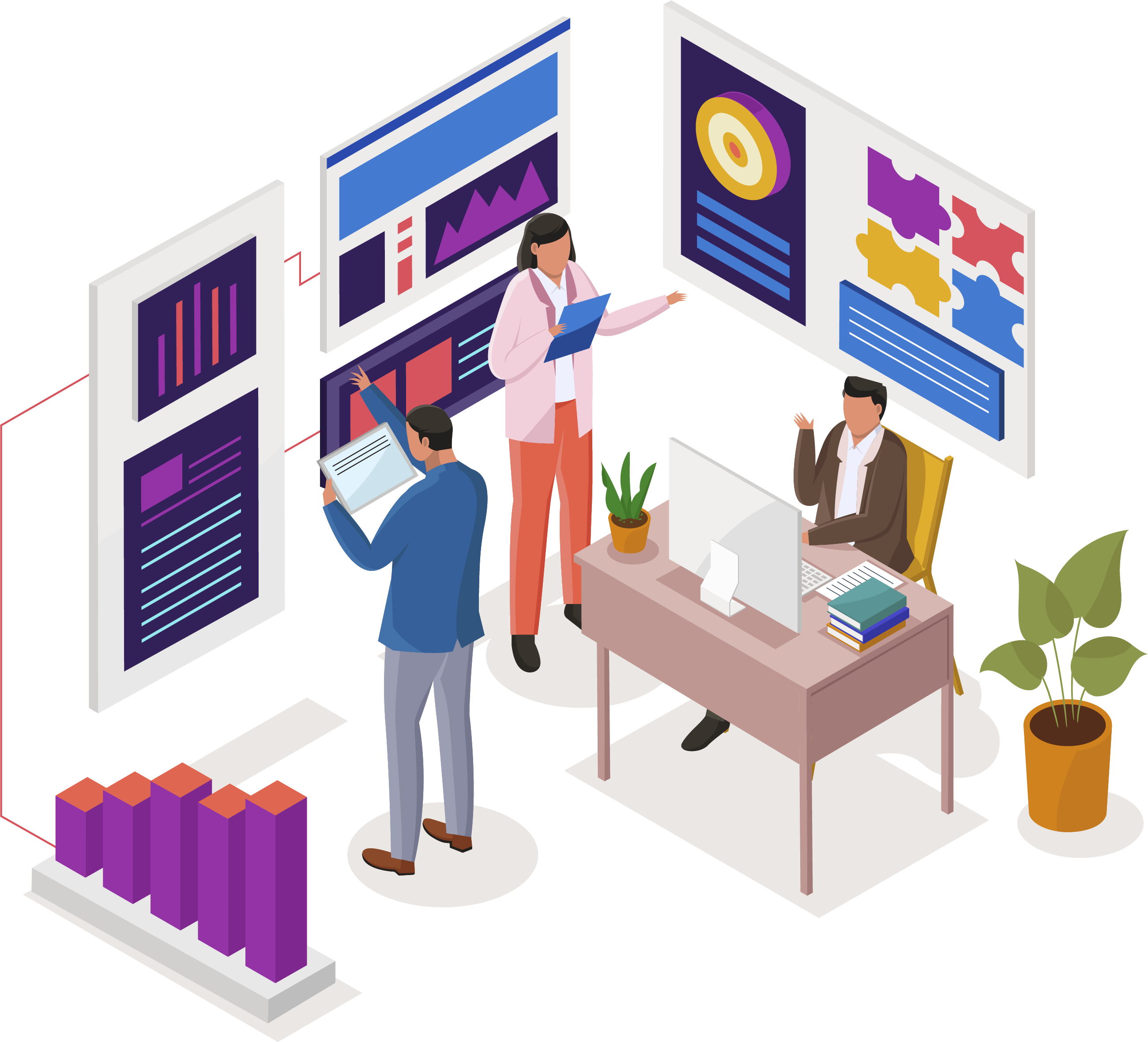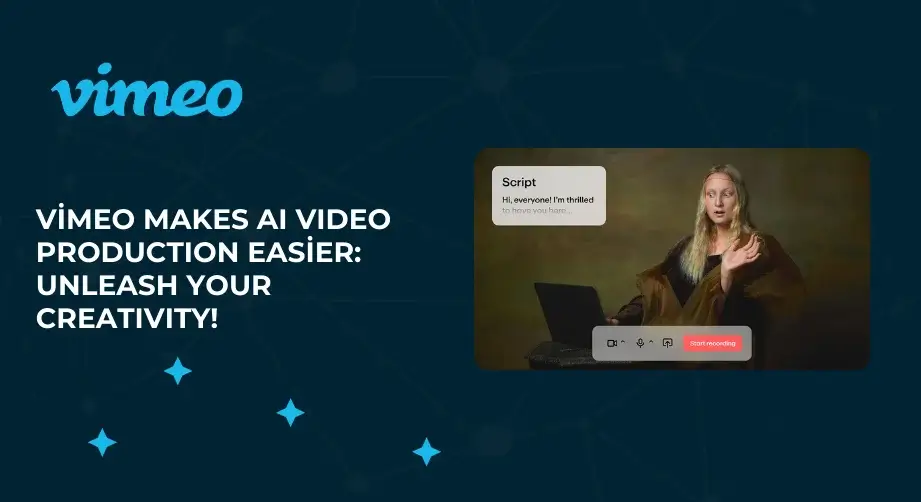The education industry has undergone a significant transformation in recent years, and e-learning has revolutionized the way we learn and acquire knowledge. E-learning, or electronic learning, refers to the use of digital technologies to deliver educational content and programs. It has become increasingly popular due to its flexibility, accessibility, and cost-effectiveness. By understanding and internalizing the emerging e-learning trends of 2024, educators can design more effective and engaging online courses, while students can benefit from personalized learning experiences. Furthermore, professionals in the e-learning industry can stay ahead of the competition by developing innovative solutions using these trends.
Let’s take a closer look at these exciting technologies and examine how they are transforming the world of education!

Artificial Intelligence
One of the most significant trends shaping the future of e-learning is the integration of Artificial Intelligence (AI). AI technologies revolutionize our way of learning by offering personalized learning experiences and intelligent feedback.
AI-powered e-learning platforms can adapt the learning experience to individual needs by analyzing learner data and behaviors. This means adjusting the difficulty level of content, offering targeted recommendations, and providing real-time feedback. With AI, learners can receive personalized support and guidance, improving learning outcomes.
Furthermore, artificial intelligence can automate administrative tasks such as grading and course management, allowing educators to focus more on meaningful interactions with students. This trend is expected to continue growing in online education, making e-learning more efficient and effective.
One of the most prominent examples today, ChatGPT, is a concrete indicator of the trend of using AI-based tools in education. ChatGPT can be used to help students with homework, explain complex concepts, and even support language learning. These tools help educators offer a more individual and interactive learning experience while making the learning process more effective and enjoyable for students. ChatGPT’s ability to provide highly personalized responses highlights the great potential AI offers in the field of education.

Augmented Reality and Virtual Reality Integration
In 2024, Augmented Reality (AR) and Virtual Reality (VR) technologies are expected to have a significant impact in the field of e-learning. According to Statista‘s predictions, AR and VR technologies have the potential to attract a large investment of $4.1 billion in the fields of education and industrial maintenance. These technologies can fundamentally transform education by making learning processes more interactive and engaging.
AR and VR offer learners realistic experiences in virtual environments, providing opportunities beyond the classroom setting. This is particularly advantageous in fields requiring practical applications and experiential learning, such as science, engineering, and medicine. Medical students can improve their surgical techniques in a virtual operating room environment, while history students can explore the ancient world through virtual simulations. Such experiences combine theoretical knowledge with practical applications, providing students with a deeper understanding.
These developments also provide significant benefits for students in STEM (Science, Technology, Engineering, and Mathematics) fields. AR and VR enable visualization and interactive presentation of complex concepts and processes, helping students better understand these subjects and develop practical knowledge skills. These innovative approaches in e-learning allow students to apply their knowledge in a practical context, effectively bridging the gap between theory and practice.

Gamification
Educators have been using games in the classroom for years to aid learning processes. However, online gamification takes this to the next level.
In online learning, gamification refers to the use of game-based elements such as rewards, points, badges, challenges, quests, avatars, simulations, customizations, and real-time applications. The main goal of gamification is to make education more interactive and engaging for students. A gamified learning experience offers students an interactive interface and a more dynamic nature.
A study found that approximately 67% of students admitted that gamified learning is more motivating than a traditional course. Interestingly, this statistic is consistent across all demographics (gender, age, status, profession). In short, learners across the board find gamified learning more motivating.
Additionally, “gamified” education aims to create emotional connections between content and students, helping them complete the learning experience more effectively. In the business world, employers have adopted gamified learning methods to increase employee motivation and engagement. Especially in the hiring process of new employees, gamification elements such as educational simulations, interactive tasks, and competitive scoring systems are used to make recruitment and orientation programs more interesting and effective. Moreover, gamification strategies are implemented to enhance existing employees’ skills and inform them about new technologies or business methods.

Microlearning and Mobile Learning
In an era of shortening attention spans, microlearning has begun to occupy an important place in the field of e-learning. As of 2024, by dividing content into small and digestible modules, learners can assimilate information more effectively in short periods. Designed to suit learners’ busy and fast lifestyles, these short and focused learning materials provide quick and timely access to information. Microlearning presents modules covering specific topics or skills, equipped with precise information that learners can immediately apply. Tools such as short videos, infographics, quizzes, and interactive lessons enable learners to quickly access relevant information.
With the widespread use of mobile devices and smartphones, mobile learning has also become an important trend in online education. Mobile learning provides students with access to educational content anytime and anywhere, making learning more flexible and accessible. Microlearning and mobile learning are complementary elements, as mobile devices are an ideal platform to offer short and interactive modules that are easy for students to digest. This approach increases the effectiveness of the learning process while making the information more lasting.
Finally, we observe that social media platforms like #TikTok have become a new and popular area for microlearning. TikTok’s short video format allows users to quickly and entertainingly acquire information on various subjects. Now, educators and experts use this platform to reach wide audiences quickly and effectively transfer knowledge. On the other hand, this makes learning more attractive and accessible, especially among younger generations, thus increasing the scope and impact of microlearning.
Considering all these innovative technologies, the year 2024 will be a significant turning point in the field of e-learning. Advances in technology, evolutionary changes in educational needs, and the increasing demand for personalized, flexible learning experiences are triggering innovative transformations in this field. From AI-powered personalized learning to immersive Augmented Reality and Virtual Reality experiences, these developments make the future of education extremely exciting and dynamic. In this transformation process, it is crucial for educators, academic institutions, and e-Learning platforms to adapt to and implement these new trends to provide quality education services that meet the ever-changing needs of students globally. The key to success in the e-Learning sector in 2024 and beyond lies in innovation, inclusivity, and a deep commitment to lifelong learning. This approach will continue to shape the education world and emerge as a force that makes future learning environments more efficient, accessible, and interactive.





